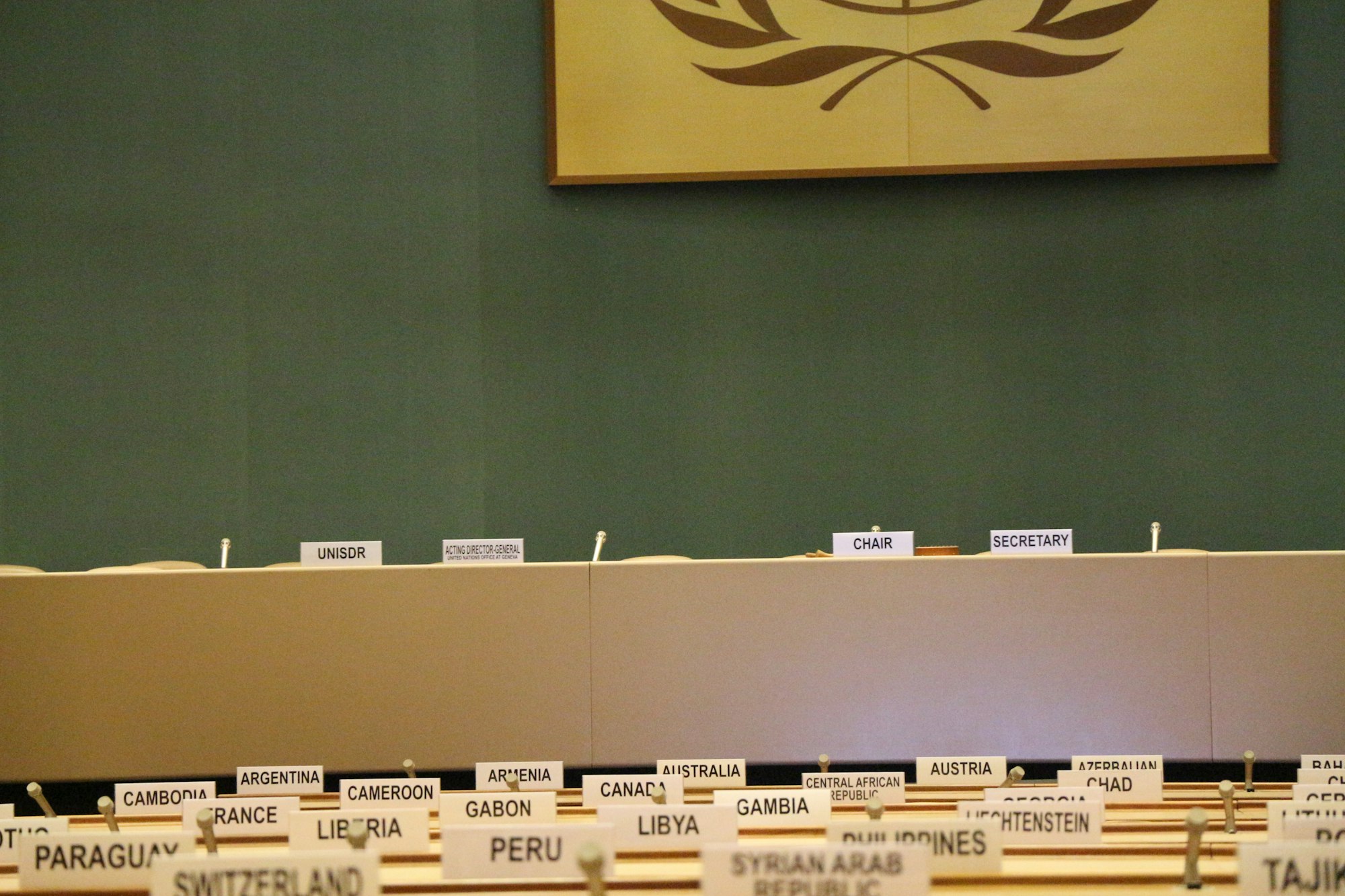Enforcement of UN Resolutions: Understanding the Methods and Challenges
The Israel-Palestine conflict has been a subject of numerous UN resolutions, both under Chapter VI and Chapter VII. The exact number of resolutions condemning Israel is a matter of debate.

For over seven decades, the United Nations (UN) has been at the forefront of international efforts to maintain peace and security, resolve conflicts, and promote human rights. Through its resolutions, the UN aims to guide member states towards peaceful resolutions of disputes and encourage compliance with international law.
However, the enforcement of these resolutions varies depending on their nature and the political dynamics surrounding them. This article explores the methods of enforcing UN resolutions, focusing on the distinction between Chapter VI and Chapter VII resolutions.
Resolutions made under Chapter VII of the UN Charter are considered binding and carry greater weight in terms of enforcement. Member states are obligated to carry out the decisions of the Security Council as per the Charter.
Read More From WorldFuture
These resolutions can be enforced through a range of measures, including economic sanctions, arms embargoes, and even military action. When a situation poses a threat to international peace and security, the Security Council has the authority to take coercive action to address the issue. Two examples of Chapter VII resolutions that were enforced effectively are Resolution 660 (1990) and Resolution 1973 (2011).
Resolution 660 (1990) authorized the use of force to liberate Kuwait from Iraqi occupation. The international community, with the backing of the Security Council, took concerted action to restore Kuwait's sovereignty. In a similar vein, Resolution 1973 (2011) enabled the use of force to protect Libyan civilians during the country's civil war. These examples highlight the potential effectiveness of Chapter VII resolutions when implemented by the UN member states.
Despite the binding nature of Chapter VII resolutions, their enforcement often faces challenges. The implementation of these resolutions depends heavily on powerful member states and their willingness to enforce them. Political and diplomatic obstacles can hinder the effectiveness of these measures, leading to unimplemented resolutions. Many Security Council resolutions, including those related to the Israel-Palestine conflict, have struggled to gain full compliance due to contentious political dynamics.
The UN and how resolutions work
In contrast to Chapter VII, resolutions under Chapter VI of the UN Charter predominantly focus on promoting peaceful dispute resolution. These resolutions do not have any enforcement mechanisms and are essentially non-binding. Chapter VI aims to facilitate negotiations and conciliation between parties involved in a conflict. An example of a Chapter VI resolution is Resolution 242 (1967), which calls for the withdrawal of Israeli armed forces from territories occupied during the Six-Day War. This resolution encourages negotiations but lacks any coercive measures.
The Israel-Palestine conflict has been a subject of numerous UN resolutions, both under Chapter VI and Chapter VII. The exact number of resolutions condemning Israel is a matter of debate. Sources mention figures ranging from 45 to 65 UN resolutions condemning Israel's actions. However, it is important to note that UN resolutions, including those related to human rights, are not legally binding.
Some specific resolutions related to the Israel-Palestine conflict include Resolution 242 (1967), Resolution 338 (1973), Resolution 446 (1979), and Resolution 452. These resolutions address issues such as the withdrawal of Israeli armed forces, cessation of settlement construction, and the obstruction of peace.
However, enforcement of these resolutions has been limited due to political and diplomatic challenges, with various interests and perspectives complicating the implementation process.
Enforcement
The enforcement of UN resolutions varies depending on their nature and the mechanisms outlined in the UN Charter. Chapter VII resolutions, which have binding force, can be enforced through measures such as economic sanctions, arms embargoes, and military action. However, their effectiveness is influenced by the political will and cooperation of powerful member states. In contrast, Chapter VI resolutions primarily focus on promoting peaceful negotiations and lack enforcement mechanisms.
The Israel-Palestine conflict serves as an example of the complex dynamics surrounding the enforcement of UN resolutions. While numerous resolutions have been issued, their implementation has faced challenges due to diverging perspectives and political considerations. As the UN continues its efforts to maintain peace and security globally, the effective implementation of resolutions remains a key challenge requiring collective commitment and cooperation from member states.
